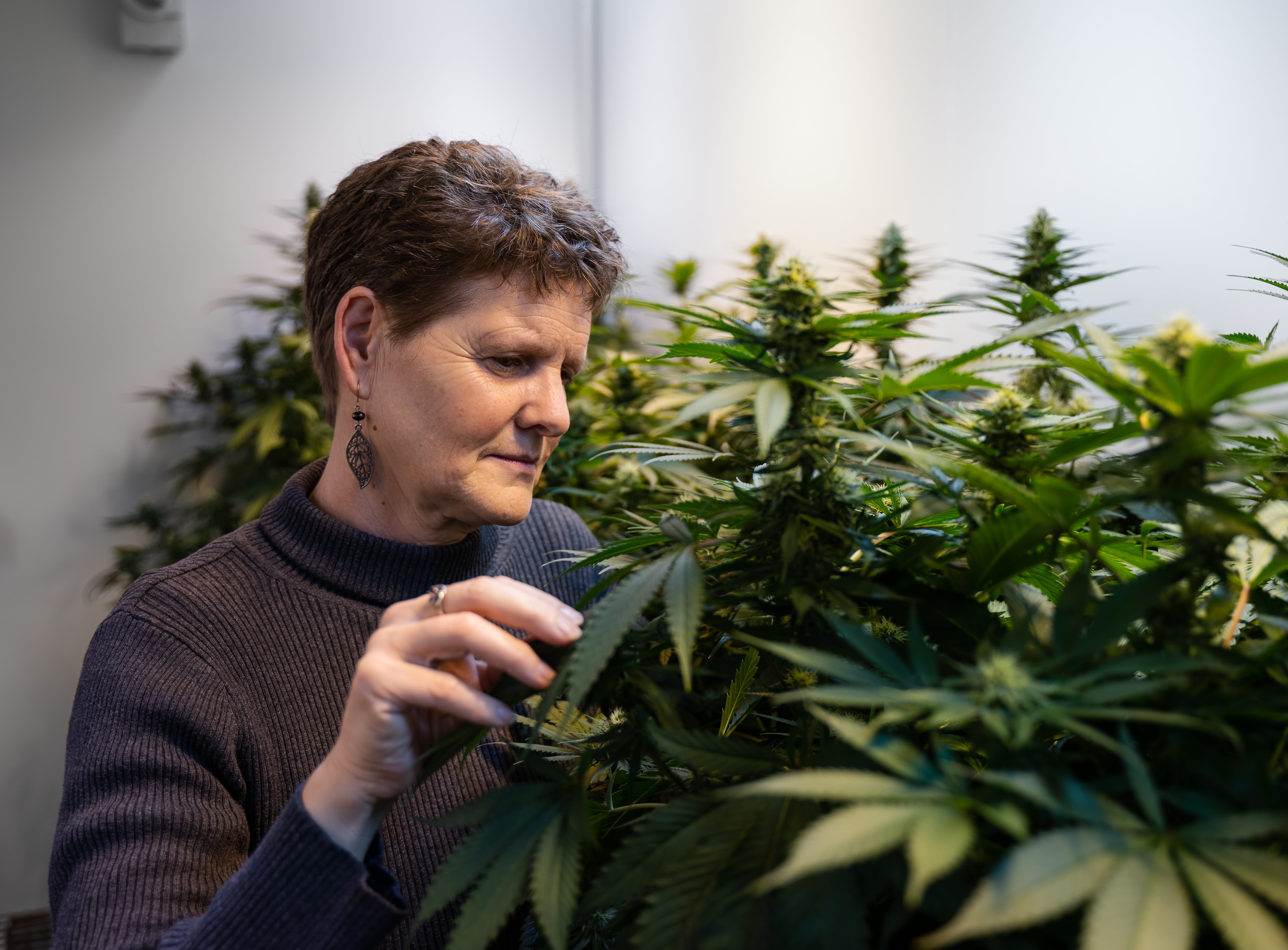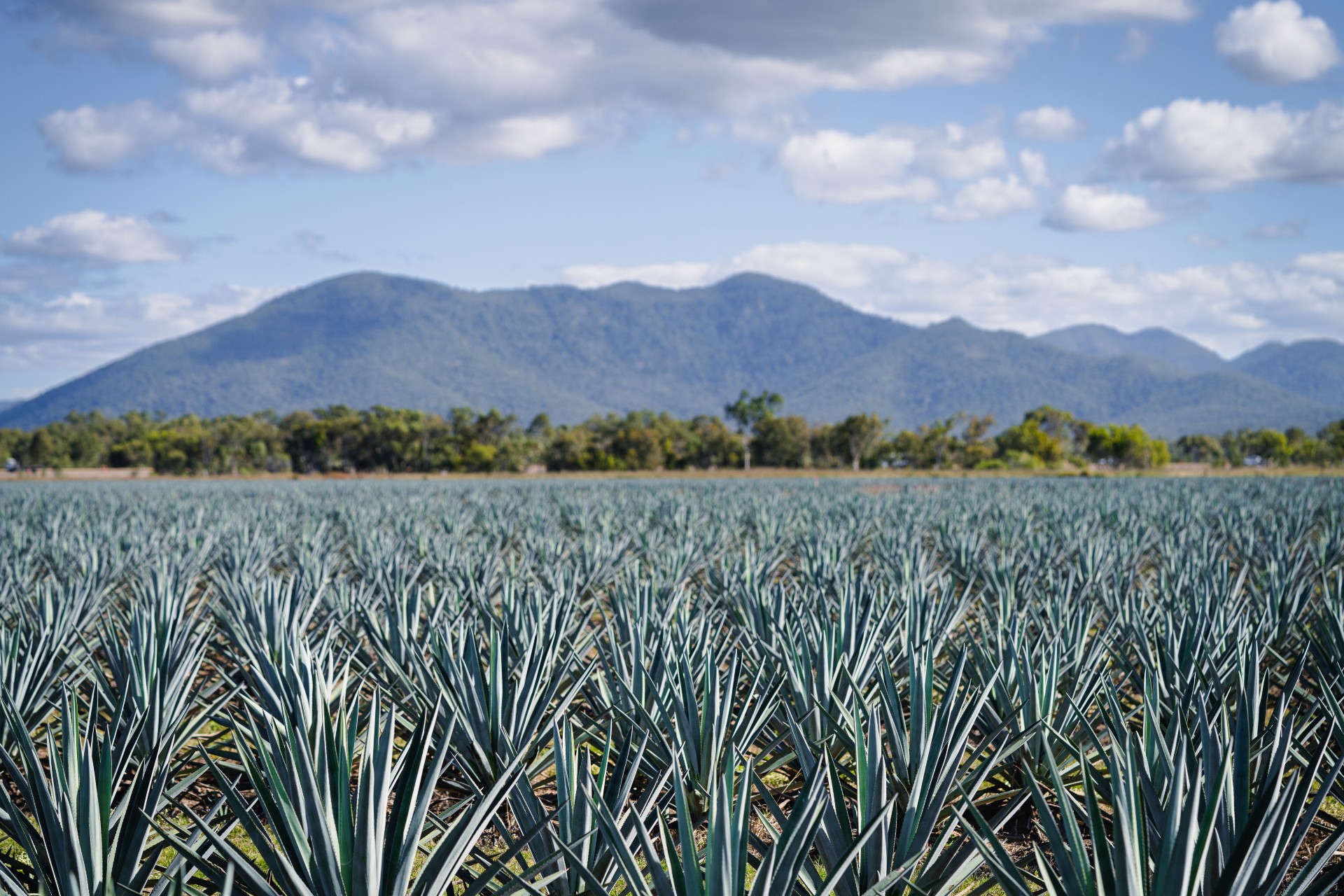From buildings to medicine, hemp has amazing properties

Sponsored by

Sponsored by

Hemp, and the properties it possesses, have long been underdeveloped. A new research project from the University of Adelaide is about to change that, investigating the transformative potential of industrial hemp production that could be a boon for the Australian agriculture industry.
One of the fastest growing plants in the world, industrial hemp has hundreds of end uses – from providing food and building materials, to cosmetics, clothing and medicine. It is also highly efficient, as every part of the plant can be used without wastage. Those characteristics are highly appealing to Professor Rachel Burton from the University of Adelaide’s School of Agriculture Food and Wine, who believes this long maligned plant has untapped potential.

“Hemp has been grown through history, but we lost access to it from the 1930s through the prohibition era and we are only now rediscovering what a wonderfully versatile plant it is,” Burton explains.
Burton is excited about the prospects for hemp, as is the Australian Research Council (ARC), who granted her more than half a million dollars to unlock the industrial uses of hemp via a Linkage Grant program.
Burton’s project, “Pioneering seed solutions for the industrial hemp industry”, aims to develop the next generation of elite industrial hemp cultivars, grown for their seed with high protein and oil content.
“We are aiming to better understand the drought tolerance levels of different cultivars of industrial hemp as this will influence where they are best grown across Australia. We have had success in defining water use parameters in the glasshouse and the next step is to use this information to set up trials in the field,” Burton says.
In terms of tetrahydrocannabinol (THC) – the chemical that produces the “high” commonly associated with the plant – the project also aims to eliminate this cannabinoid content entirely from the crop.
“Since the legal limit for THC varies across Australia from 0.3-1.0 per cent and is dictated by state laws, if the crop exceeds the local limit it has to be destroyed,” Burton explains.
“Monetary losses from the destruction of many hectares of crops could be substantial, so if we can eliminate this risk completely, then it is an issue that farmers don’t have to worry about.”
Burton’s pioneering work has been rewarded with a second grant from the ARC, with $760,300 to support research into another miraculous plant under the winning proposal: Agave; a new Australian crop with a resilient spirit.

Aiming to establish agave as a sustainable, versatile and climateproof Australian crop, Burton is investing in this research with industry partner Top Shelf International, with the aim to develop a wholly Australian spirit product.
She hopes that the outcome of this project will foster a greater understanding of the ideal conditions for agave farming in Queensland, “in a rain-fed environment and with expert plant care to ensure a high-quality end product.”
“This project can also act as an exemplar for other growers and some of the information should be transferable to growing agave for other uses such as bioenergy, which is likely to occur in much drier regions, on less fertile land and at more of a mass production level,” she says.
The agave plant possesses certain “climate proof” tolerances that, in a world facing hotter, drier climatic conditions, give it the potential to be a significant, successful alternative Australian crop.
“Agave plants are ideally suited to hot and dry environments because they have a tough waxy skin on their leaves that prevents water loss and protects them from the elements,” Burton says.
“They belong to a group of plants that fix sugars using a type of photosynthesis called ‘crassulacean acid metabolism’ that limits the amount of water that escapes the plant.”
As such, agave plants don’t wilt and die in the absence of water like other species, making the wonderplant an exciting prospect for Australian agriculture.
Hemp and agave could be the next hot products for Australia‘s agricultural industry, one of the biggest contributors to the economy, valued at $85bn in 2022.
Supported by the University of Adelaide, Burton says that the infrastructure and resources across her research career, provided by the university, have allowed her to “build expertise and a reputation that industry partners recognise as being valuable”.
Specifically, the ARC grants won by Burton are described as a “very good way for academics and industry partners to interact”.
“The range of grants that can be applied for in Australia are relatively limited and this is the one that guarantees industry interaction and provides an avenue for training the next generation of researchers and industry staff, allowing them to develop a mutual appreciation of the other’s talents and capabilities,” she says.
Ria Pandey
The Australian